I had not been back to Vallone’s since February, and since Angela and I were at a birthday party nearby this past week I thought it was a great time for a return visit. Plus, Angela had never been there, and I always enjoy talking with Annie Balest, the manager at the restaurant.
I am glad we decided to stop by, because on that evening I had a dish that stands out in a fairly good month of food in Houston. It was Chicken Fried Quail, and here it is:
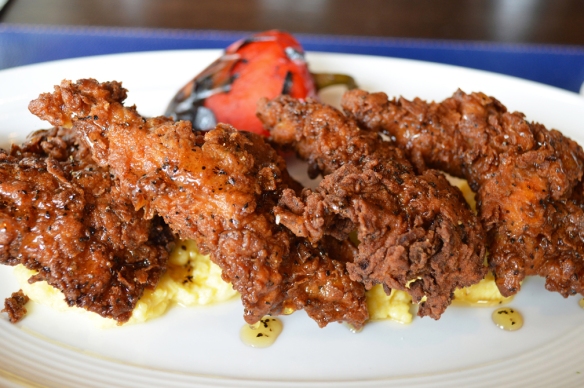
A fine, crispy crust, encasing moist and what seems to be slightly brined meat. Underneath are soft-scrambled cheddar eggs. (Photo courtesy Vallone’s)
The quail is from Broken Arrow Ranch, and it was fresh, and hot, and the skin was crisp. I loved biting into the pieces, which had been broken down with skill, and I loved the drizzle of honey on the skin (which on the menu is labeled “local”, so perhaps it came from the Heights HoneyBee Project). The batter had some spice to it that the honey complemented it in a way that made me want to order another plate.
Last night I accepted an invitation to check out Dosi, a Korean place that opened in late July. It is near my apartment, and if you have not tried the food there you should. The building is set back from Shepherd Drive, and there is valet parking out front. Inside, the walls are devoid of any ornamentation, the kitchen is visible at the far end of the space, and along the back wall tall, narrow windows afford a view of green bamboo stalks growing outside. Zen, indeed. There is a long, really long, communal table running the length of the floor in front of those windows, and as the evening progressed it became occupied by several large groups of people.
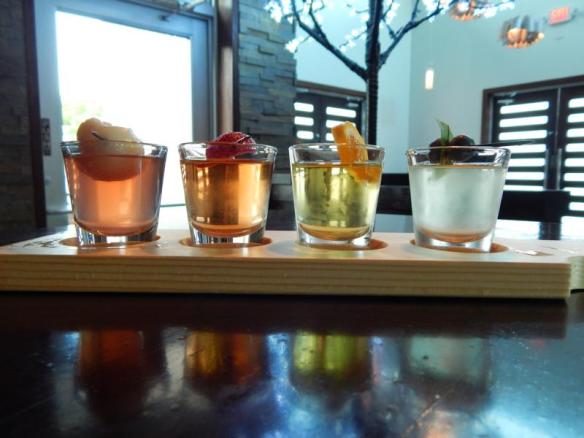
This is a good way to sample some soju. (Photo courtesy Dosi)

A wall of infusing soju. (Photo courtesy Dosi)
To the food (and drink): One of the best meals I’ve had in the past month. I started with a soju (infused) flight – pomegranate, orange, apple and strawberry vanilla. Dosi infuses its soju in-house, and they were all good, though I was partial to the orange.
The tables were quickly filling, and the crowd was diverse. Here a 20-something couple, there a family of five, there six women who resembled very fetching Korean television anchors. It’s a buzzy dining room, a bit loud, but not obtrusively so. The space, and the food, took me back to Hong Kong.

Anchovy and pancake and scallion, and cress, done right.
I ordered first a scallion pancake, with white anchovy, watercress, and cured lemon and soy. The cake was about the size of a dinner plate, and came cut in six pieces, so that one could roll the individual slices around the anchovy and watercress mélange. The scallion flavor shone through, and the anchovies added an earthy kick. The freshness of the dish excited me. Too often I am served vegetables that seem to have been sitting for days at room temperature and taste drab and dull.

Pork belly done in the ssam style. (Photo courtesy Dosi)
What came next was the best plate of food I have had in a long, long time. Its simplicity was its beauty, and the technique shown in the pork belly was admirable. Samgyeopsal is its title on the menu, under the Ssam section. Grilled belly with moo radish, perilla leaf, and caramelized soybean paste. My chopsticks jumped into my hand and made for the pork, and my mouth was happy for the next 15 minutes. Perfect grilling, beautiful plating, and the best pork belly this man has tasted in a year. The radishes were, as with the watercress, fresh, crisp, with a bite that elevated the belly. I sat there, mainly silent, and wrapped the remaining pork and radishes in the leaves, then dipped the parcels in the soybean paste. Get this dish.

Duck breast ssam, with an excellent beet kimchee. (Photo courtesy Dosi)
Duck breast ssam followed the pork belly. Spiced and smoked duck, blackberry doenjang, and beet kimchee. Unfortunately, the duck was the least accomplished component on the plate. It was, to my taste, overcooked. I am not sure if it was intentional, but the breast was slightly tough. However, the kimchee was a treat. Perfect acid, shiny, slight crunch. It made the plate, and I would have been happy eating an entire bowl of it.

An artwork of dessert. (Photo courtesy Dosi)
You see the dessert above? On the menu it is described as “steam cake / layered with red bean, sesame & green tea with lychee sherbet”. I describe it as delectable, especially the left side of that cake, with the red bean and green tea. The sherbet was smooth and a bit tart and it was sitting on sesame and on top of it were four or five dried lavender petals.
The menu also includes lamb collar, which I love, bo ssam (more love), and clams with a kimchee broth and sausage, corn and purple hull peas, rice and toasted egg yolk. I will return to Dosi and try all of the above. You will, if you are wise, join me.
Like this:
Like Loading...
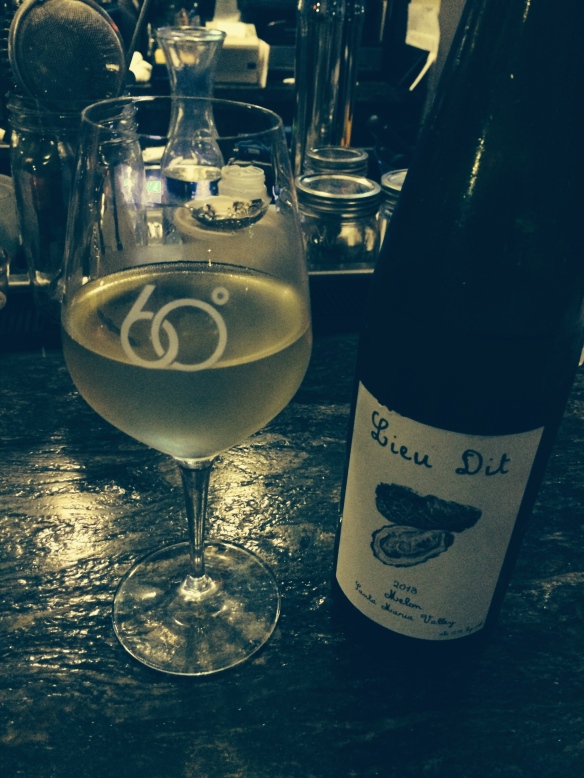

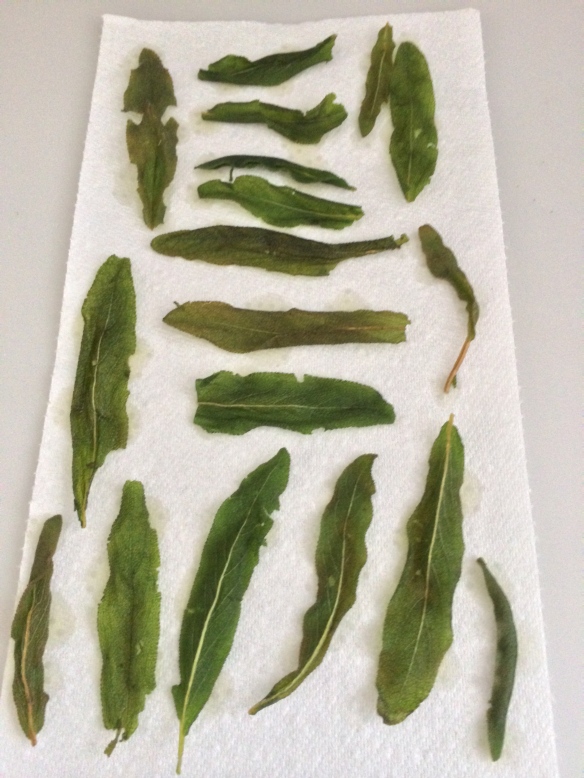
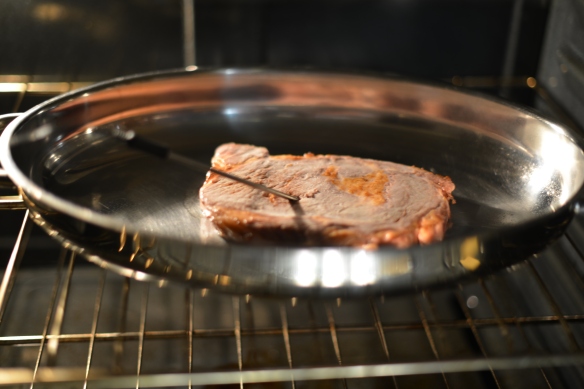
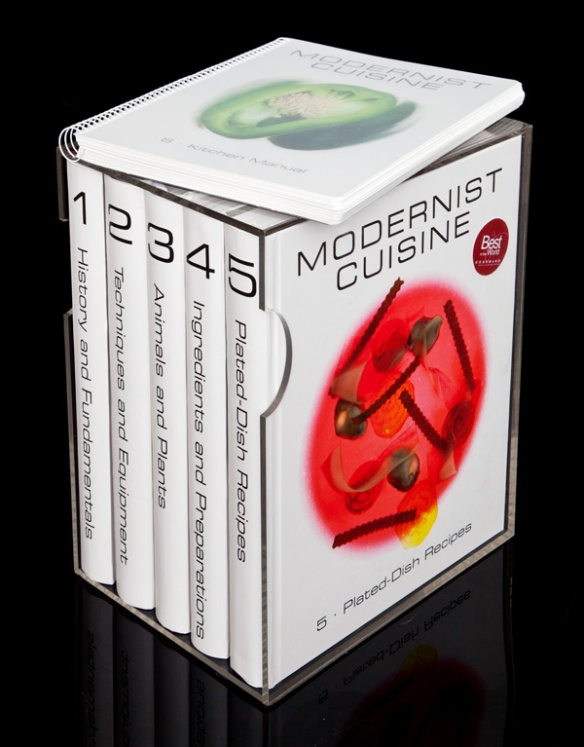


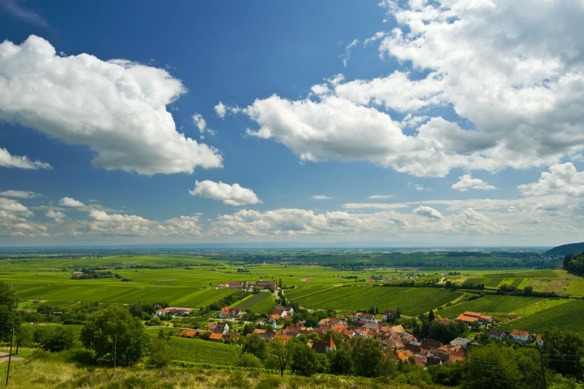
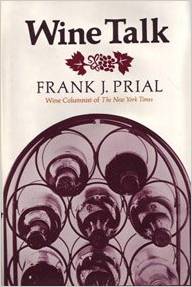









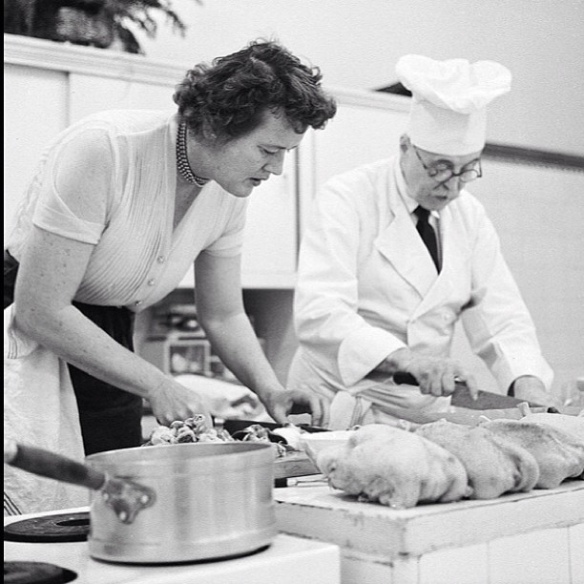

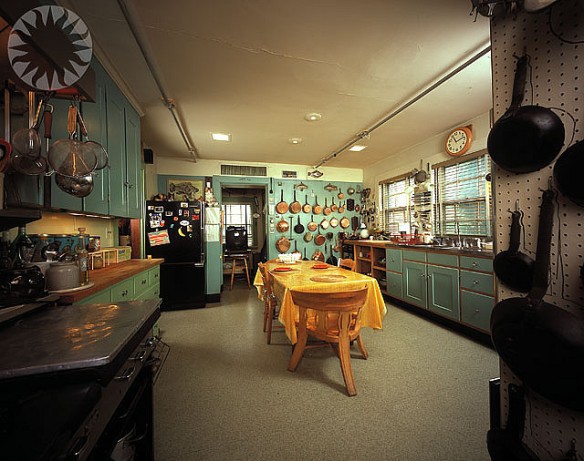

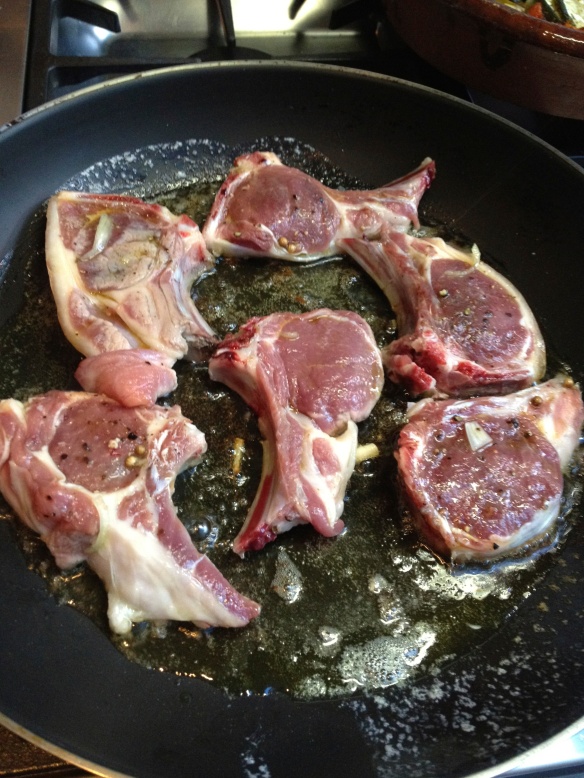

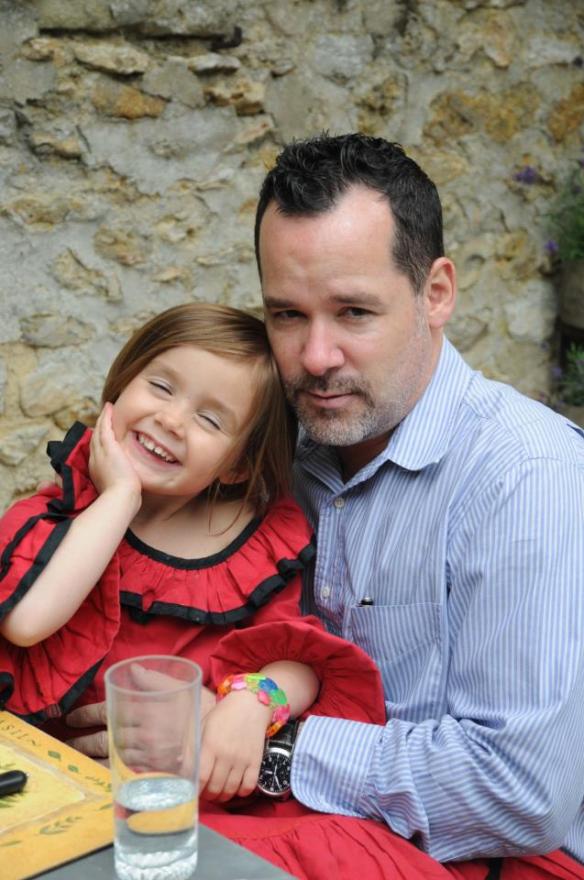
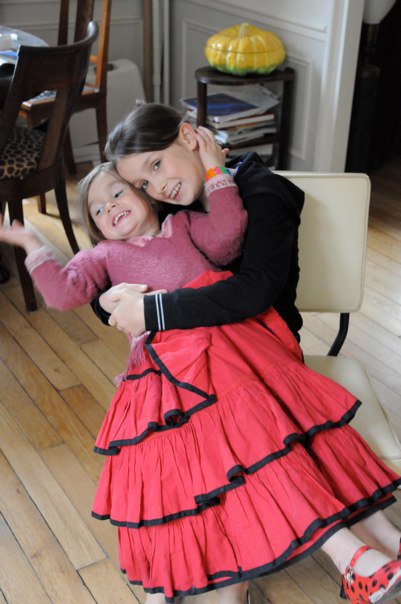
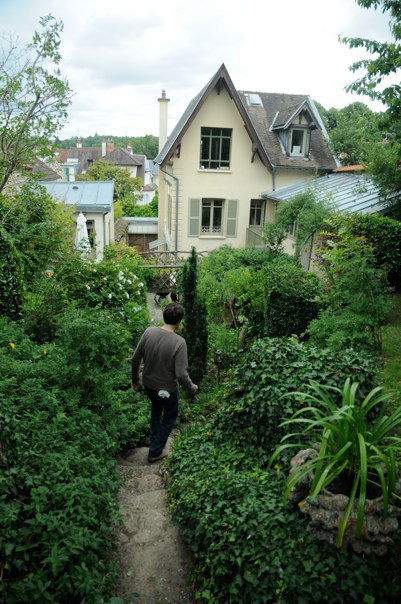
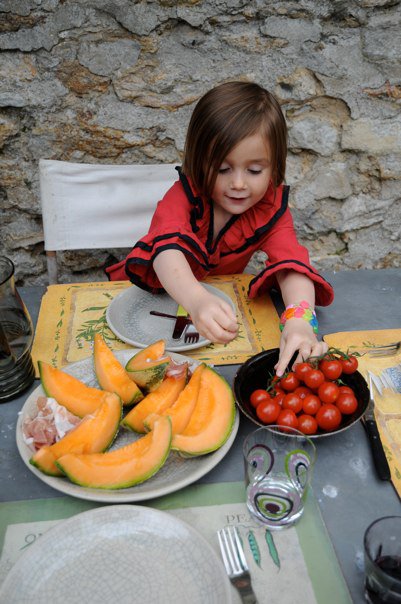
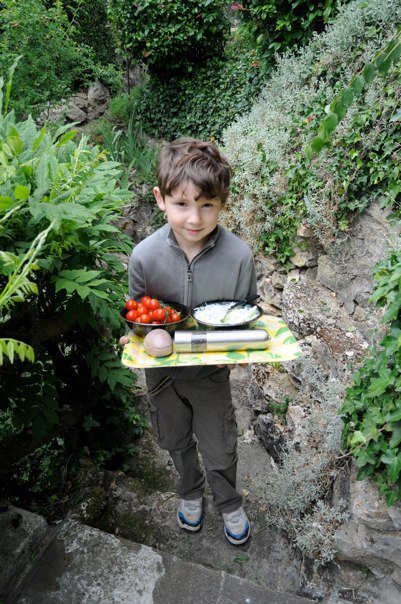
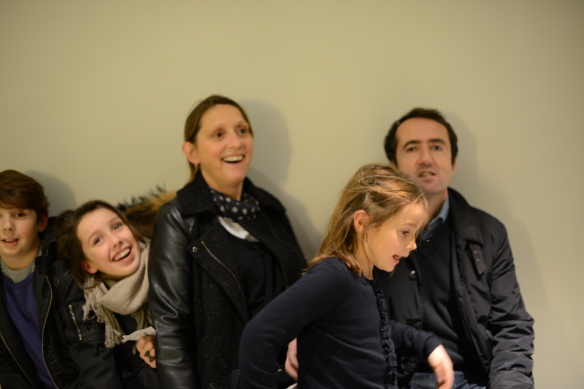

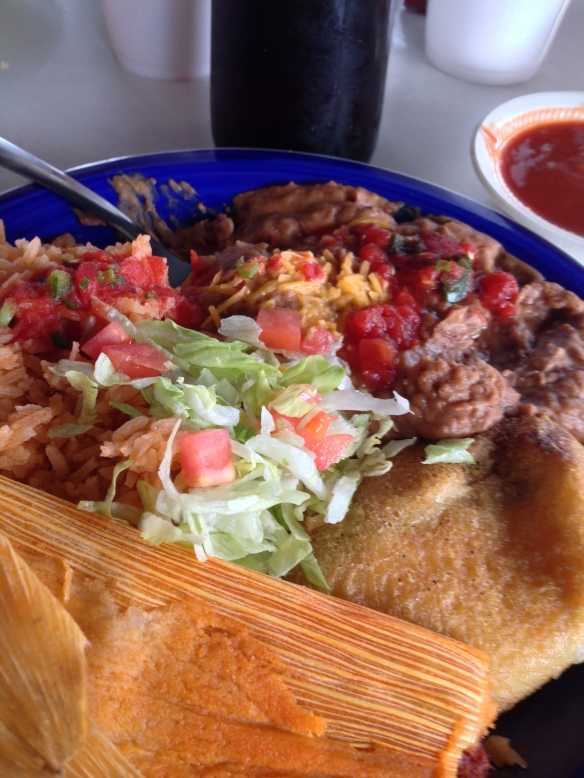

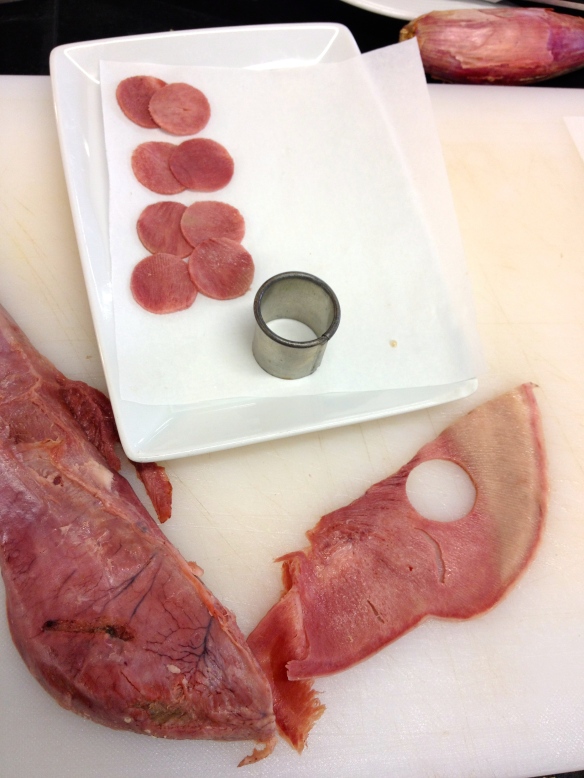


Recent Comments